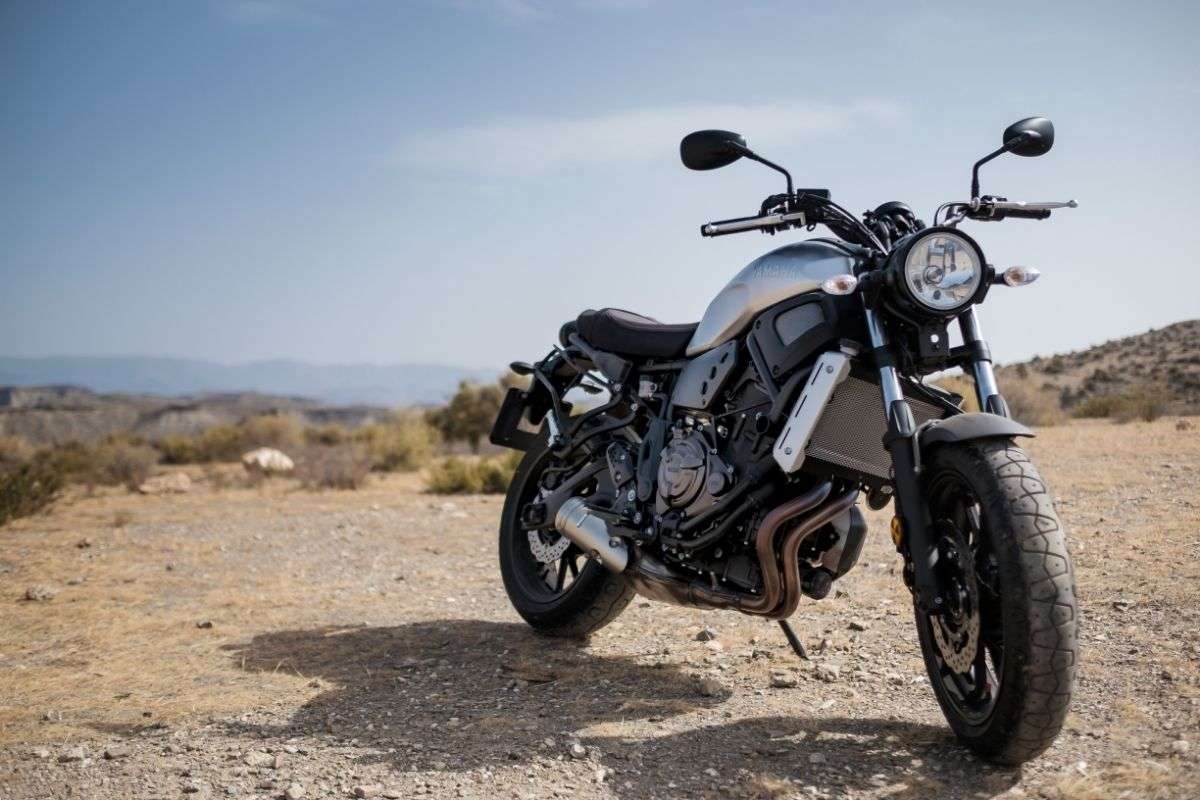There is no standard answer when one wonders how long a motorbike can last.
Which brand of motorcycle are we bringing up? What exactly is its displacement?
What were the operating conditions? How long has it been sitting idle?
Was it serviced on a regular basis? Was it efficiently broken in?
There are as many factors to consider as there are motorbike models to select from, and one model’s great performance does not ensure the other’s equal level of greatness.
The basic reality is that motorbikes do not survive as long as vehicles, and there are several explanations for this.
Motorbike engines, with a few exceptions, outperform car engines.
They have greater tolerances and, in some cases, insane rev limits.
When used as recommended, they will often see greater degradation than most automotive engines.
You should expect significantly greater deterioration if you go near the redline in hot weather. No matter what the case is, degradation is unavoidable.
So, how many miles can a motorcycle last?
The quick answer is that it is determined by the way they are handled. Large-displacement bikes have traditionally lasted between 60k and 100k kilometers, provided that they are properly taken care of.
But the vast majority of motorcycles are broken or trashed before they reach such distances.
The longer answer would be that there are several factors that need to be taken into account.
A General Rule
If you’re thinking about buying a motorbike and the mileage leaves you stunned, there’s a good reason.
A useful tip is to double the miles of a motorbike by 4 (or some say 3 or even 2).
As a result, a motorcycle with 20k miles is considered equal to an 80k-mile automobile.
When a vehicle reaches 100k miles, it becomes significantly harder to resell it, and the chances are even slimmer to non-existent with 200k miles or over.
Motorbikes are the same way. This is why a secondhand motorcycle with more than 30k miles will remain at a showroom for months unless the seller cuts the price.
Non-collectible motorcycles with over 60k kilometers on them seldom resell at all.
It’s also worth noting that motorcyclists average roughly 3k kilometers a year on their motorcycles, based on displacement and classification.
Therefore, a secondhand motorcycle with 30k miles mileage may go for ten more years before reaching 60k miles.
So this, like other general rules, has some logic to it.
It is uncommon to come across a motorbike with more than 100k miles on the odometer, just as it is uncommon to come across an automobile with 3 – 4 times that number of miles.
However, many motorcycles can last trough many miles and travel far more than expected throughout their lifespan, and they simply keep going.
Motorbikes Can Last As Long As Automobiles
Motorbikes, like any other machine or piece of equipment, need to be cared for, maintained, and repaired on time.
It is as easy as it sounds, yet it is far more costly.
And we are not only referring to the overall price of service, repairments and so on.
Time is a disguised expense that eventually becomes apparent.
As you move south on the desert road, your motorbike will demand you to spend significant time removing the dust.
External parts will begin to wear and corrode if left untreated.
Spending time maintaining and preserving your motorcycle and its parts (such as cleaning a carburetor) is an investment in its longevity.

Motorbikes necessitate the same amount of service as they do cleaning.
A routine maintenance schedule must be included in your service manual; if you don’t have one, now’s the time to get it).
It is true that following it regularly should allow your motor internal parts to live longer, but this also applies to the whole of your motorcycle.
Motorbikes necessitate the same amount of service as they do cleaning.
A routine maintenance schedule must be included in your service manual, if you don’t have one, now’s the time to get it).
It is true that following it regularly should allow your motor internal parts to live longer, but this also applies to the whole of your motorcycle.
The bearings might rapidly deteriorate if the steering stem nut is loosened.
A loosened fairing nut allows for movement, which results in damage.
The rotor will be damaged by overused brake discs. A sloppy, uncoated chain will quickly break.
Moving parts will go bad even if you look after them.
Signals like power outages or mysterious sounds are common when they start failing.
If you continue to ride your motorcycle in such conditions, it will ultimately break down.
Moreover, even an accident might occur if a driving or stabilization part fails.
And if that happens to an engine component, the engine could stop.
A Motorcycle Is Only As Good As Its Parts Are
If you’re ready to spend the money to replace old or destroyed parts, the motorcycle is worth repairing.
Repairs, like motorcycles, can be somewhat complicated.
There’ll be delays whether you make the repairs yourself or pay a professional.
So, supposing you have not yet fallen out of love with your motorcycle, how can you figure out when it’s time to purchase a new one?
Well, at some point, finding components for any motorcycle will be much harder.
A long manufacturing run may imply that old components are widely available, yet even that supply will ultimately finish.
When a motorbike hits the age where components are difficult to get at dealerships, it is no more a dependable means of transport and you should look for the best place to sell motorcycle.
Even motorcycles with extended and strong manufacturing periods will be substituted in the manufacturer’s inventory at some point.
Spares will become progressively harder to find beyond that point.
The Bottom Line
A motorcycle’s life expectancy is dependent on the quality, repair, and the maintenance of motorcycle.
Of course, there comes a point when even the parts can no longer make a difference or they are simply inaccessible, and that is when you will most probably have to say goodbye to your old lover and say hello to the next one.

